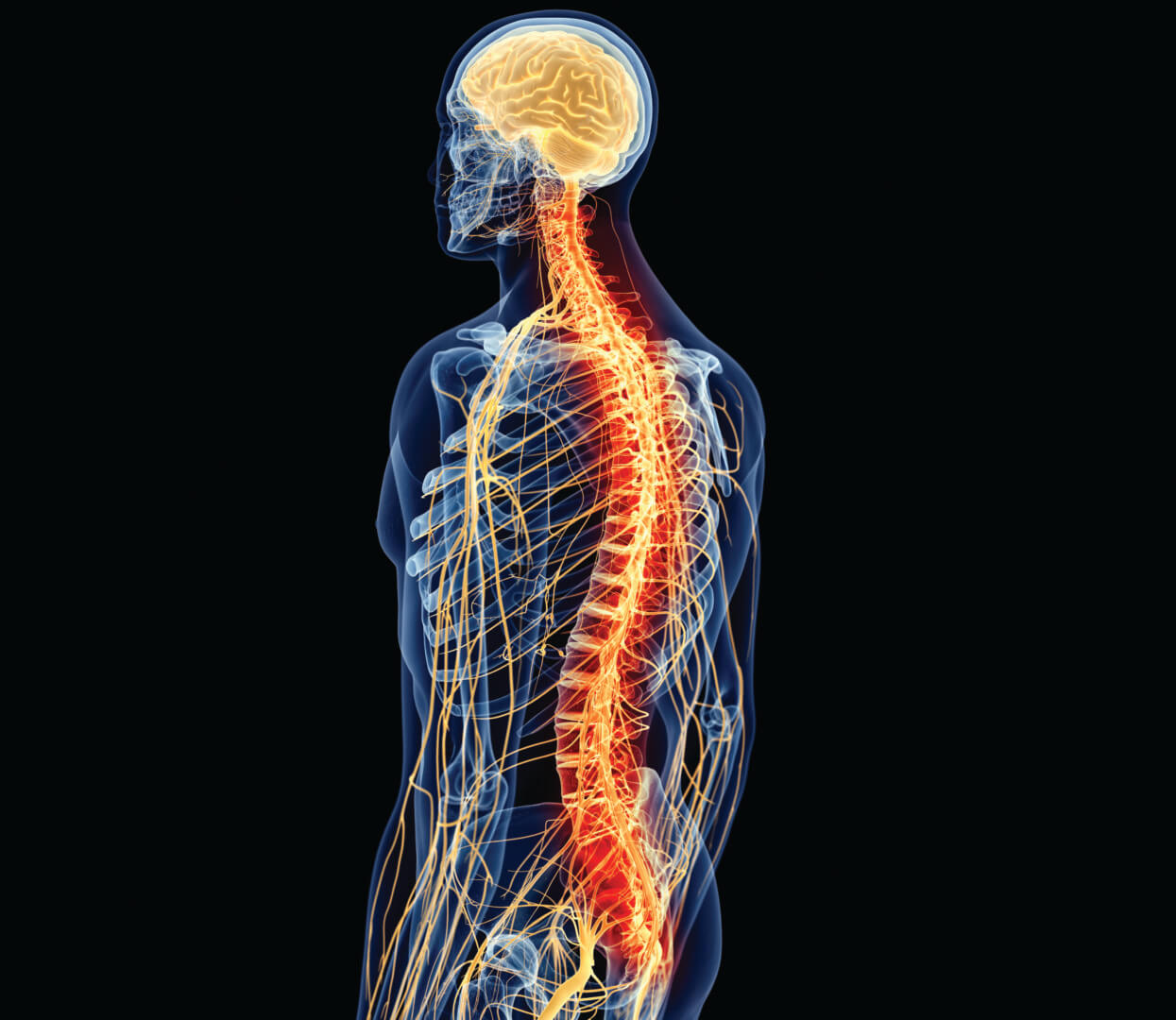How Does the Hand Really Work?
It seems like a simple gesture: You see a group of friends and beckon them in your direction. That which seems simple, however, often is not. What complex impulses must the brain dispatch to make your finger move?
That’s the focus of professors Francisco Valero-Cuevas, Terence Sanger and Gerald Loeb and multiple postdoctoral and graduate students at USC Viterbi, where the nervous system is being systematically reverse-engineered. By setting up a bank of computer chips programmed to replicate the neurons of the spinal cord, the researchers say, they have succeeded in controlling the tendons of a cadaveric human hand.
The potential implications for the treatment for neurological conditions are staggering. “What we’re seeing,” said Valero-Cuevas, director of the Brain-Body Dynamics Lab at USC, “is a future where engineering, neuroscience and orthopedics work together, a world in which engineering and medicine are one and the same.”
So far, the group has managed to control the index finger of a cadaveric hand. Within a few years, they expect to increase the number of programmed circuits from two to about 20, which, when operating motors attached to strings pull tendons, will control the thumb and fingers. By 2020, they hope to have developed some fundamental clinical insights into the nature of function and dysfunction, as well as robotic systems that exploit their findings. Their work is supported in part by the National Institutes of Health and the Department of Defense.
After that, they say, anything is possible, from understanding how to treat disabling conditions such as cerebral palsy, stroke and Parkinson’s disease, to discovering fundamental rules to stimulate and control paralyzed limbs.
“This is really a study linking control and mechanics,” said Sanger, provost associate professor of biomedical engineering and neurology. If you’re going to simulate the spinal cord, you need to know how it enables functions in the real anatomy.”
While the researchers are reluctant to predict exactly how clinical, neurological, orthopedic and robotics applications might look and work, they are uniformly excited about what the future holds.
“Understanding how the brain works is the challenge of our time,” Valero-Cuevas said. “Controlling a body to act in the physical world was one of the primary drivers for the evolution of the nervous system in the first place. What we are doing is recapitulating the evolutionary process to best understand and rehabilitate human behavior as we know it — and help revolutionize robotics.”




